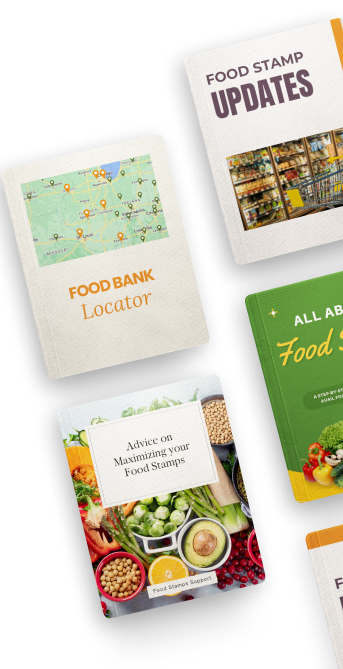Supplemental Nutrition Assistance Program: Recent Developments
Food stamps or the Supplemental Nutrition Assistance Program (SNAP) are government support programs designed to provide nutritional assistance to low-income individuals and families in the United States. SNAP is administered by the U.S. Department of Agriculture (USDA) and operates at the federal level. SNAP aims to help eligible individuals and families afford nutritious food by providing them with an electronic benefit transfer (EBT) card.
Who Is Eligible for SNAP?
Eligibility for SNAP is based on income and household size, with specific limits varying by state. Factors such as expenses and deductions are considered, and applicants must meet citizenship and residency requirements. The income guidelines take into account the Federal Poverty Level (FPL) and consider gross and net income as well as deductions for housing, utilities, and dependent care. Certain resources, such as bank accounts and vehicles, are also evaluated.
Where Can You Use Your EBT Card?
You can use your EBT card like a debit card to purchase eligible food items at authorized retailers, including grocery stores, supermarkets, convenience stores, and farmers' markets.
Some online grocery delivery services also accept EBT as a form of payment, providing even more options.
However, it's important to note that EBT cards cannot be used to buy non-food items such as alcohol, tobacco, pet food, or household supplies.
SNAP Online Purchasing Pilot Program Expands Access to Online Grocery Shopping
SNAP has implemented an online purchasing pilot program to adapt to the changing landscape, allowing participants in select states to use their EBT cards for online grocery shopping. This initiative provided greater convenience and accessibility, particularly during the COVID-19 pandemic.
Promoting Healthier Choices: Nutrition Education and Incentives
These initiatives aim to empower participants with knowledge about nutrition, meal planning, and making nutritious choices. In some areas, SNAP participants can earn incentives, such as bonus dollars or discounts, when purchasing fruits and vegetables.
Streamlining the Application Process: Online Applications and Simplified Reporting
Some states have implemented online applications to make the application process more efficient. These digital platforms simplify the process, allowing applicants to provide information and submit documents electronically. Additionally, efforts have been made to streamline reporting requirements, reducing participant administrative burdens.
Harnessing Technology: Mobile Apps for SNAP Participants
Partnerships With Community Organizations: Bridging the Gap
These collaborations aim to bridge the gap between potential participants and the application process. Community-based organizations provide outreach, education, and application assistance, making it easier for individuals to navigate the SNAP program.
Addressing Food Deserts: SNAP and Access to Healthy Food
Access to fresh and healthy food options can be limited in underserved areas known as food deserts. However, SNAP has been instrumental in addressing this issue by encouraging the development of grocery stores, farmers' markets, and community gardens.
Inclusive Approach: Accommodating Diverse Populations
Special considerations are made for elderly individuals, individuals with disabilities, and households with special dietary requirements. Adjustments in eligibility criteria, benefits, and application processes accommodate the specific circumstances of these populations.
Monitoring and Evaluation: Ensuring Program Effectiveness
In order to assess the impact and effectiveness of SNAP, rigorous monitoring and evaluation efforts are in place. Data analysis, research studies, and participant feedback contribute to ongoing program improvements.
This continuous evaluation ensures that SNAP remains responsive to the changing needs of its participants and maximizes its impact on reducing food insecurity.
Looking Ahead: Future Innovations in SNAP
As the landscape of food assistance programs continues to evolve, SNAP embraces future innovations to enhance its effectiveness. By staying adaptable and forward-thinking, SNAP can continue to make a meaningful difference in the lives of individuals and families in need.
Bottom Line
The Supplemental Nutrition Assistance Program (SNAP) is vital in providing nutritional assistance to low-income individuals and families in the United States. The program has evolved and expanded to meet increasing demands in line with growing trends and needs. For this reason, people should embrace and support its efforts in expansion and improvement.












